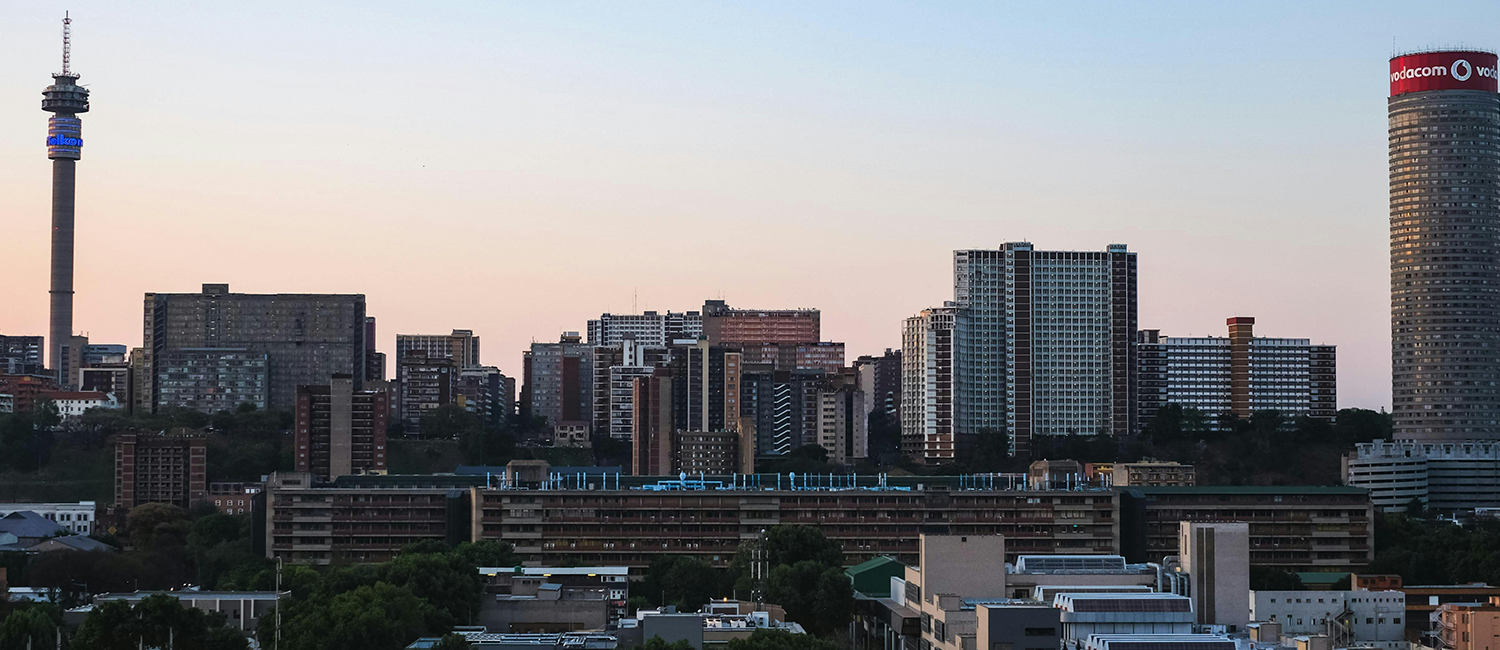The Diepsloot taxi rank upgrade has improved the lives of residents in the area, providing a safe, clean serviced environment to shop in, and catch a taxi.
The Diepsloot taxi rank in northern Johannesburg, opened on 3 July 2012, brought much-needed infrastructure to the United Taxi Association Forum (UTAF) and the people of Diepsloot.
Diepsloot, a post-apartheid township on the fringes of northern Johannesburg, is a thriving yet socially and economically fragile environment, providing many with an accessible and affordable entry point into the city’s urban economy.
At the opening, UTAF chairperson, Ralph Jones, said: “This taxi rank is the development the community had been waiting for.”
Acting chairperson for the Johannesburg Development Agency (JDA) at the time of the opening, Thanduxolo Mendrew, said: “We needed a working model for management, which required intense negotiations between ourselves and other stakeholders.”
The JDA commissioned a project team from 26’10 South Architects to design the new rank; the team included founders Thorsten Deckler and Anne Graupner and Nkululeko Mbengu, Stephen Reid, Carl Jacobs, Guy Trangos, Lara Wilson, Nzinga Biegueng Mboup, Alex Howell, Thulani Rachia, and Mtembekhi Ngema
Based in Johannesburg, the award-winning firm is 10 years old.
THE RANK
The rank upgrade is one of many planned within the city’s Corridors of Freedom, in line with the Johannesburg Growth and Development Strategy 2040 (GDS). The strategy aims to ensure Joburgers live nearer to their places of work and are able to work, live and play in them without having to use private motorised transport.
Deckler said: “Upon entering Diepsloot, the most prominent part of the old taxi rank was the back of its leaking toilet block, reminding visitors and residents of the perennial problems experienced in the area with the failing sewage and storm water systems.”
The building is now upgraded and has been turned into a public space welcoming people to Diepsloot and offers a sheltered meeting point – a porch overviewing the settlement – at which to socialise and enjoy food from the market.
“Through a series of retro-fitting steps, additional functions and spaces are added to the existing taxi rank. Simple design decisions to improve the general environmental, social and commercial sustainability of the taxi rank led to a layout which seeks to integrate the facility with the day-to-day life of Diepsloot. To this effect, an existing market has been integrated into the public edge of the rank, conceived as a giant veranda or concourse,” said Deckler.
Initially intended to be constructed out of wood to allow for extensions by traders and residents, the market was instead built using a steel frame upon the client’s request for durability.
Deckler said: “The market opens onto a raised concourse into which seating ledges have been integrated, offering moments of pause where patrons wait for the bus, meet, or take in a quick lunch or dinner prepared by the food traders. Due to the sporadic electricity supply, fireplaces are provided in the food stalls. The fireplace chimney stacks can be boxed out by large billboards, generating additional income towards the management and maintenance of the rank.”
The administration office was extended to include a new meeting space, and a new car wash and repair workshop were introduced to generate additional income for the rank.
“The existing roof over the taxi queuing aisles was extended and opened up by means of mono-pitch ‘factory-type’ roof lights to allow better light into the spaces below, which previously required the lights to be on during the day. The new roofs are sloped at a pitch suitable for solar panels and provision is made for a UPS [uninterrupted power supply] station to power the rank during the frequent electricity outages affecting Diepsloot,” he said.

